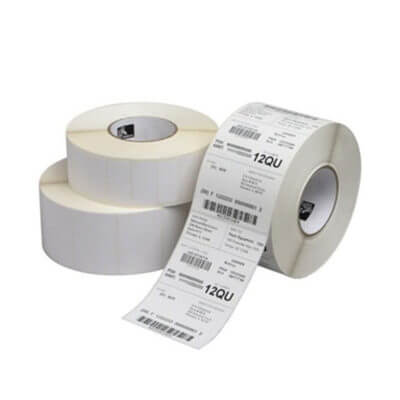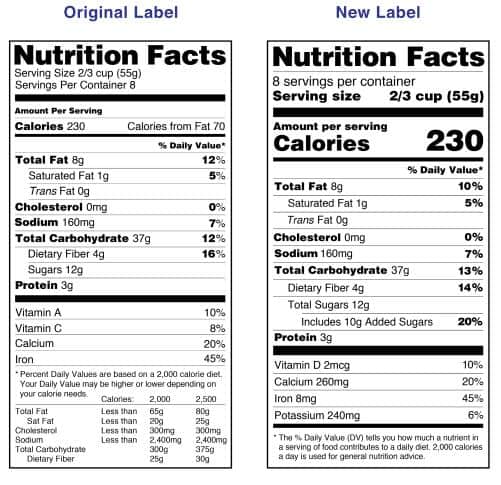The most successful independent software vendors understand their users’ needs down to the last detail and provide solutions that address them, such as integrating with a printing solution that meets the needs of restaurant, retail, grocery, and e-commerce businesses. However, as consumer behaviors force changes in how your users operate, you need to adapt your solutions as well. For example, companies that used thermal printers in the past for labels, receipts and tickets may now benefit from liner-free label printing solutions—and Software vendors can benefit from integrating with them.
David Vander Dussen, Product Manager at Epson America, Inc., points out, “It’s an exciting time for liner-free label printing solutions. There’s a tremendous amount of adoption, interest, and implementation.”
Save Time and Effort
When your client has the option of using a liner-free label printer, employees no longer have to peel the liner from a label printed with a traditional thermal printer. Eliminating that step can save seconds each time a restaurant employee packages an order or a takeout or an e-commerce fulfillment worker labels an item for shipment. Liner-free labels also eliminate waste from discarded label backing, saving more time and operating more sustainably.
Additionally, traditional thermal printers typically print consistently sized labels. In today’s dynamic applications, however, your users may find value in being able to print different-sized labels. For example, online restaurant orders can vary for different customers and reflect a range of modifications. With a modern, liner-free label printing solution, a business is free to print as much information on a single label as needed.
Industry Changes Driving Adoption
Demand for liner-free label printing solutions is growing for several reasons—first is the increase in food online ordering, which rose 10 percent in 2021 year over year to reach $151.5 billion and 1.6 billion users. Restaurants and grocers need efficient ways to manage this higher demand efficiently and control costs.
Vander Dussen says some of the largest players in their markets, especially in the quick service restaurant (QSR) space, have implemented liner-free label printers to streamline processes. “With that proof of concept, we expect wider adoption across smaller branches and chains,” he says.
The channel is also driving demand. “End users are coming back to their point of sale (POS) providers and saying they’re ready to make investments to expand the capabilities of the software they have in place to address their use cases better,” Vander Dussen explains. The channel is suggesting liner-free label printing solutions for processes such as online ordering and buy online pickup in store (BOPIS) as a part of a total solution that delivers the greatest efficiency and the best customer experiences.
Software vendors Need to Keep These 3 Things in Mind
When you’re looking for a liner-free label printer to integrate with your software, remember:
- The label is an important touchpoint: Vander Dussen points out that you need to remember that the life of a label on a takeout order or curbside pickup package is short, but it can make a big impact. “The customer may never see the inside of the store,” he says. “As the number of touchpoints goes down, the relative impact of each remaining touchpoint goes up.” Enable your users to make the most of the opportunity to present information clearly and positively represent their brands with their labels.
- The label is an organization tool: A label can help organize processes and ensure accuracy at each step from the time a consumer places it until it’s delivered. “The label can be applied to a box, tray, or on an order bar in place of a hand-written check and follow the order through the entire process,” Vander Dussen says. “It reduces errors, makes orders easier to track to the pickup station or delivery driver, and improves the likelihood that customer interactions go well.”He also points out that an increase in online orders isn’t always accompanied by an increase in staff—particularly during a labor shortage. “A solution that’s easy for employees to use and allows them to work efficiently will help them fill orders and increase customer satisfaction,” he says.linerless label
- The printing solution must be flexible: You may see an increase in requests to use liner-free label printing solutions, but keep in mind that all businesses won’t use them in the same way. “They need to specify information for the specific types of orders they fill, highlighting information that’s the most valuable,” Vander Dussen explains. “They need to be able to adapt the information they print to enhance employee performance and communicate with the consumer.”
- Also, remember that your users aren’t only printing from stationary POS terminals. Many employees picking merchandise or managing curbside pickup may be using tablets so they can access information on the go, and fortunately, liner-free printing solutions are available for them. The Epson OmniLink TM-L100 is designed to address this issue, making integration with tablet-based systems easier. “It reduces barriers to development and makes it easier to support Android and iOS as well as Windows and Linux to provide the best solution,” Vander Dussen says.
Advice to Software vendors
Vander Dussen recommends that Software vendors providing solutions to markets that can benefit from liner-free labels to prepare now for an increase in demand. “Ask what your software supports now and which changes you need to make to best serve your users. Get ahead of the wave of request by laying out your roadmap now.”
“With continued adoption, being able to provide the tools customers need is key to competing,” he concludes.



